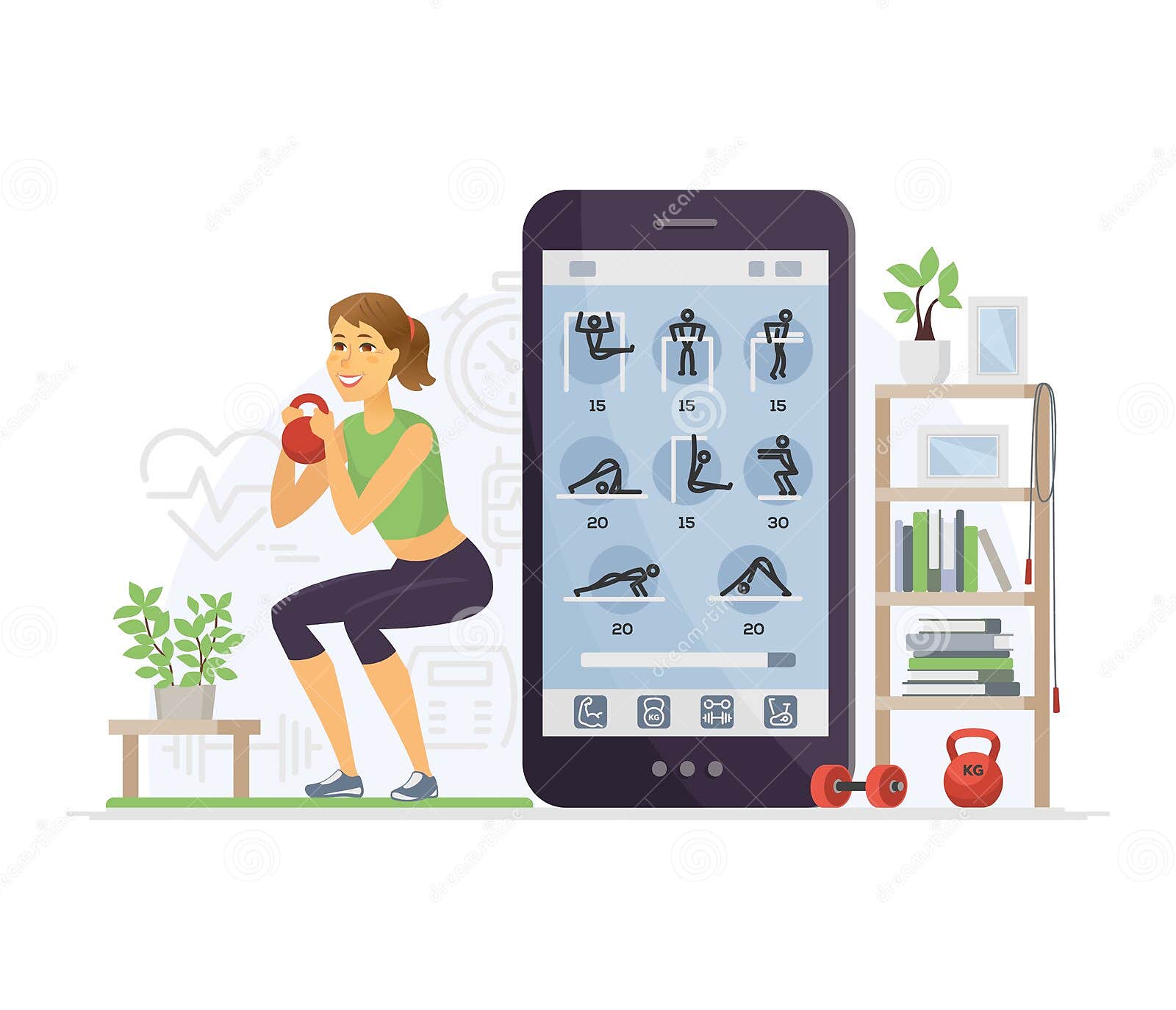
Today at the gym: attention will be on the digitisation of gyms.
During the COVID 19 pandemic a number of people struggled with mental health due to not being able to leave their house. To help customers, gyms and fitness centres implemented new and improved aesthetics to motivate customers and display benefits of continued exercise. A favourable example is PureGym: the company introduced encouraging stickers around their gyms. By including said stickers, it gives customers a reminder as to why they are exercising. Furthermore, the posters are motivational, as well as a brilliant use of inclusive marketing.
Digital technology is used in every industry; the gym is no different. Although the task of implementing technology into everything can be difficult, the exercise industry has found multiple breakthroughs. Referring back to PureGym, their app has an option for "training": showing "a range of focused workouts which target your individual body parts". This use of digitisation allows customers to simply click on whatever workout programme they want, which also saves time and convenience for the PT (personal trainer) as they will not need to make separate workout plans for each new customer (EGYM). As most gyms now have these apps which allow for personalisation, customers confidence can be built up as gym goers have a simple guide on how to exercise. Every person can access these plans, which is very inclusive.
Another use of digitisation throughout the exercise industry is fitness watches. As you can imagine, this is a watch that tracks your fitness: can be used to monitor distance, speed and heartbeat while running or track calories and overall progress over time. Because the wide range of capabilities these watches have, they have become increasingly popular over the past few years, especially as they encourage and motivate a healthy lifestyle (Dcosta, W.L. 2022).






No comments:
Post a Comment